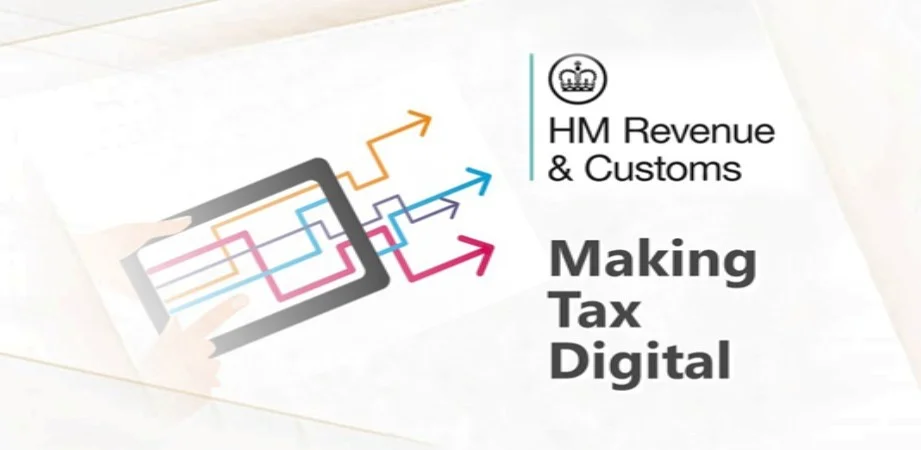Making Tax Digital
COMING SOON TO A SCREEN NEAR YOU . . . MAKING TAX DIGITAL!
STARTING FROM APRIL 2026, if you are Self-Employed AND / OR a Landlord with a GROSS income of over £50,000, you will need to register for Making Tax Digital for Income Tax.
Making Tax Digital – Income Tax Self Assessment (MTD ITSA)
From April 2026, all individuals with a gross income (turnover before all expenses) of over £50,000 are required to file quarterly Income & Expenditure Accounts, and one extra account to allow for adjustments in each tax year.
HMRC created MTD (Making Tax Digital) to help make the management of business tax less complicated and more efficient. The objective is to have all of your data on a digital system in real time to provide you with a comprehensive view of your business tax responsibilities. And also a much easier way of managing them.
As a result of HMRC bringing in these new regulations, additional work will be required to comply with Making Tax Digital. If you have any questions that aren’t covered in the FAQs below, we will be more than happy to answer your queries. If you currently use a third-party software to keep your business records digitally, or intend to do so in the future, the costs for the use of such software will inevitably rise as a result. Third party digital software can be any of the following: Quick Books Online, Free Agent, Xero, FreshBooks, Sage, and many others.
Making Tax Digital Quarterly Accounts
If you use an Accountant, you can expect the additional work of filing the Income & Expenditure Accounts on a quarterly basis to be reflected by the fees that are charged. Here at Chapel House Accountancy, yes the costs will rise for our services, but we will do everything we can to minimise the increase in fees. We will continue to use the tried and tested Excel spreadsheets to prepare and record our Clients records and a bridging software rather than an expensive third party software to digitally transmit the information to HMRC. Microsoft Excel and other spreadsheet software are acceptable to HMRC and compliant with the Making Tax Digital rules.
Making Tax Digital for Income Tax becomes easier when you hire an Accountant. We invite you to request a FREE Telephone Consultation or if you prefer, you can simply request a FREE Quote. We are happy to discuss your specific requirements at any time and answer any questions that you may have too.


